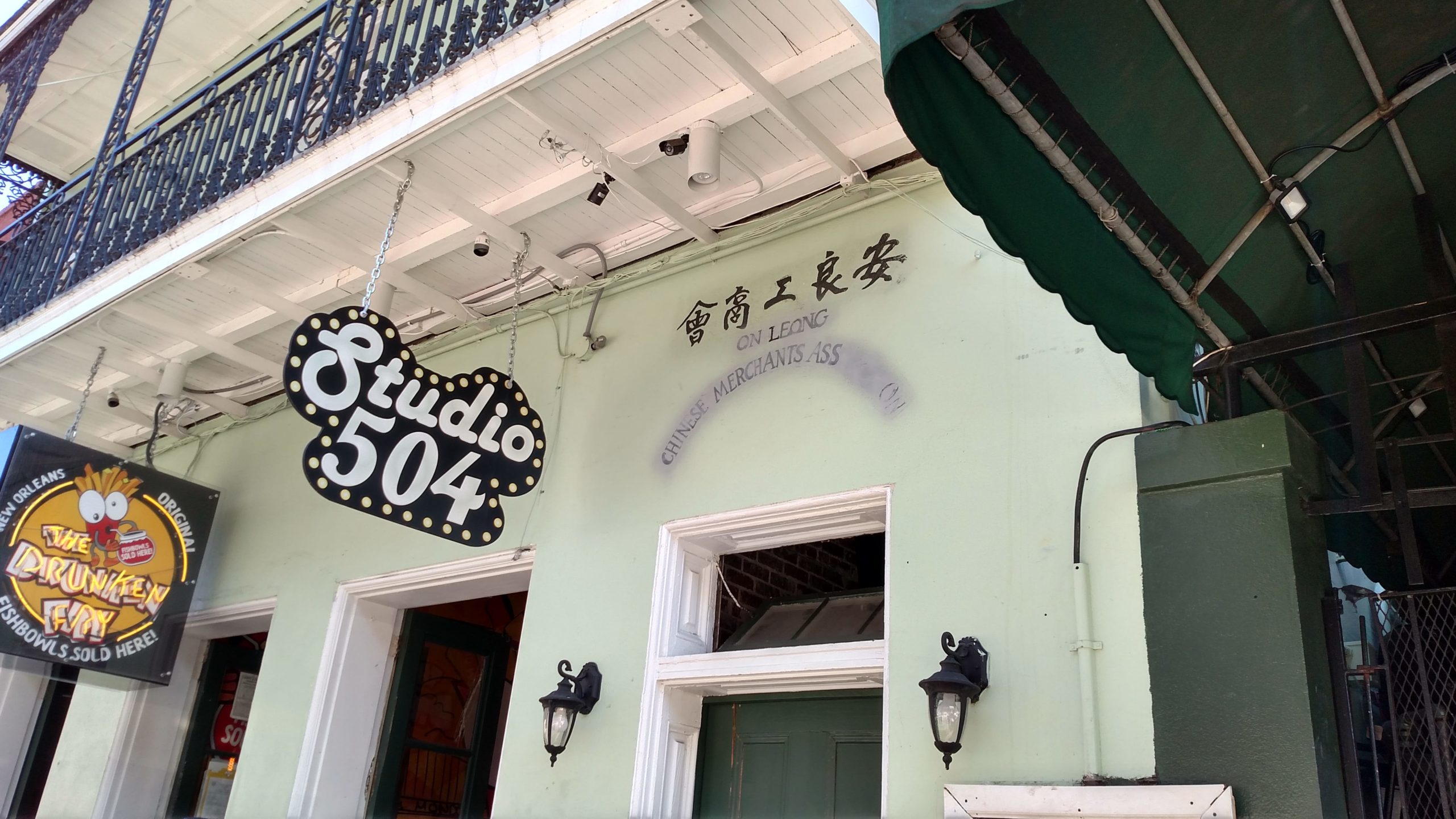New Orleans has been described as a cultural gumbo in a country that’s already a melting pot and has seen lots of different people of different cultures shape it throughout its 300+ years. As any large enclave of ethnically diverse people come through any major city, they tend to form communities that, more often than not, become an identifier of the city they reside in. Take for example Chinatowns.
Chinatowns, basically, are neighborhoods or communities in predominantly non-Asian cities that mainly have people with roots in China, Hong Kong, and/or Macau (whether Taiwan should or should not be included in that grouping is a can of worms I’d rather not get into) either living or doing business in that particular area. Some of the more well-known Chinatowns in the United States include the ones in Manhattan, San Francisco, and Boston. According to a 2010 census powerpoint presentation by Vatsana Chanthala, co-chair of the Asian/Pacific American Society of New Orleans, around 3,900 to 4,600 people of Chinese descent (not including Taiwan) reside in the New Orleans Metro Area, making them the third-largest Asian heritage group in the city behind Vietnamese and Asian Indians. Despite this number, not many people know that New Orleans was home to two different Chinatowns from the mid-19th century to the late 20th century.
How the Chinese came to New Orleans
According to the writings of Professor Richard Campanella, associate dean of research for Tulane University and author of “Geographies of New Orleans,” Louisiana did not really start housing Chinese peoples until after the end of the American Civil War in 1865. With the Reconstruction era in effect and slaves becoming freed citizens, the plantation economy in the South was struggling to survive. Around the same time, different Caribbean nations that were facing similar emancipations starting to import people from East and South Asia for labor. Adopting this in the hopes of finding cheap labor, planters in Louisiana started bringing Chinese from Cuba, California, mainland China, and Hong Kong in about 1867. However, by the 1870s, these workers soon started to move away from the plantations to bigger cities in order to seek better work and pay.
Third Ward Chinatown
The first New Orleans Chinatown didn’t begin to take shape until 1882 when the Canal Street Presbyterian Church, inspired by a missionary named Lena Saunders, started offering services and English classes to Chinese immigrants in a building the church acquired on 215 South Liberty St in the Third Ward. This caused many Chinese to flock to the immediate areas surrounding the mission, in particular, the 1100 block of Tulane Avenue. Chinese-owned business started appearing on this block by the 1890s-1900s, officially making it the first New Orleans Chinatown. Some of the businesses included the Chinese Republican Association on 145 South Basin St., restaurants like Yee Wah Sing and Ben Hong Low, and a number of grocers selling anything from clothing to dry goods.
This Chinatown continued strong until about the 1920s when more and more of the local Chinese population became middle class and assimilated into the American/New Orleans culture, thereby expanding outside of their Tulane Avenue enclave. The final nail in the coffin for the first New Orleans Chinatown was in 1937, when the Great Depression caused many business owners to lose their leases and the federal Works Progress Administration caused the area to be redeveloped to bring in more economic possibilities.
Bourbon Beijing
After losing their leases on Tulane Avenue, some of the Chinese American business owners moved to join other Chinese businesses on the 500-600 blocks of Bourbon Street. Some of the businesses in this new location included Dan’s International Settlement Restaurant and the Oriental Gift Shop, both on the 600 block of Bourbon Street. This second Chinatown was evidently smaller than the first one, but it lasted a good amount of time from 1937 until the 1970s when more local Chinese Americans got better opportunities and more chances for economic growth.
There may be a few reasons why most people, even local New Orleanians, might not know that these Chinatowns were in the city. After the Fall of Saigon in 1975, New Orleans accepted so many refugees from Vietnam that people of Vietnamese descent easily became the most populous Asian American demographic in Louisiana and their culture has been able to mix very well into New Orleans.
Another reason is that any defining landmarks from those two Chinatowns have faded away with time and redevelopments to the city. The only surviving remnant of either of the Chinatowns is a faded sign of the former On Leong Chinese Merchants Association on 530 Bourbon St.
While the New Orleans Chinatowns are no longer around, their spirit is survived by the numerous Chinese restaurants and Asian markets that call the New Orleans Metro Area home. Also, while it’s doubtful that New Orleans will get another official Chinatown (unless the city receives another huge migration influx like with the Vietnamese), the Chinatowns are and will forever be part of New Orleans’ colorful and unique history.







